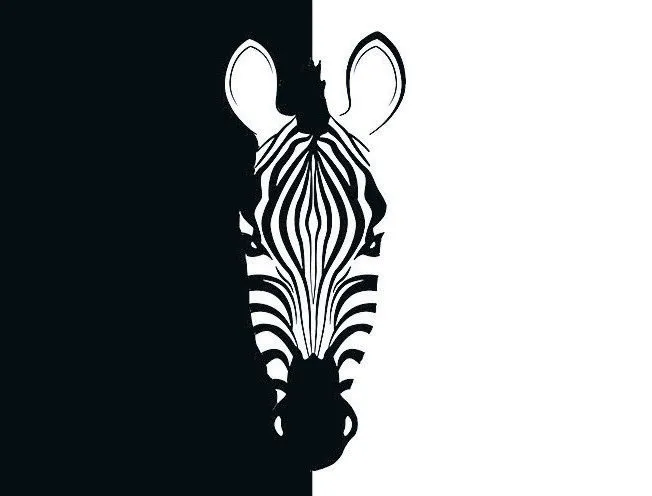Stephen Lloyd thinks through some of the non-negotiables of Genesis
The Bible is telling a story and, as in any story, the sequence of events matters for its coherence.
In other words, chronology is theology. For example, Christ’s physical death and resurrection occurs subsequent to, and as the answer to, the problem introduced by Adam’s sin. More subtle theological arguments also rest on chronology. In Galatians 3 and Romans 4, Paul argues theologically for the priority of faith, on the basis of the chronological priority of Abraham over Moses.




